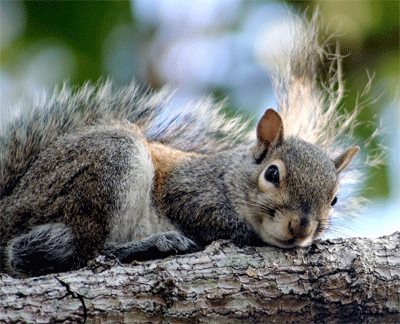I recently took a group of my students on a field trip to our local zoo here in Bangkok. This formed part of our studies on animal behaviour, a topic in Year 12 Biology. Learning in informal settings outside of the classroom, for example at zoos, museums, and galleries, is considered to be a useful way to link educational content with issues that matter to learners in their everyday lives. In this post I will outline the pre- and post-field trip activities, as well as the activities undertaken during the trip itself. Technology tools were used where appropriate to enhance the activities and the trip itself, but as should always be the case when incorporating technology,these were used to support learning rather than being the focus.
 One of the most important things children must learn about is the environment in which we all live. How the food chain works, how nature is a force, which works in ways we don’t know about and don’t think about as much as we should, how for every action there is a reaction.
One of the most important things children must learn about is the environment in which we all live. How the food chain works, how nature is a force, which works in ways we don’t know about and don’t think about as much as we should, how for every action there is a reaction.
In this day and age of computer games and the internet, children must be encouraged to appreciate our great outdoors, to learn how to cherish and enjoy it, and take care of our future generations, and how something as simple as a nature sign can spark an interest, which hopefully lasts a lifetime.
Learning about our environment is one of the most important things we can pass on to children, and the reason outdoor classrooms are springing up all over our schools.

A community-driven platform for showcasing the latest innovations and voices in schools
Pioneer House
North Road
Ellesmere Port
CH65 1AD
United Kingdom